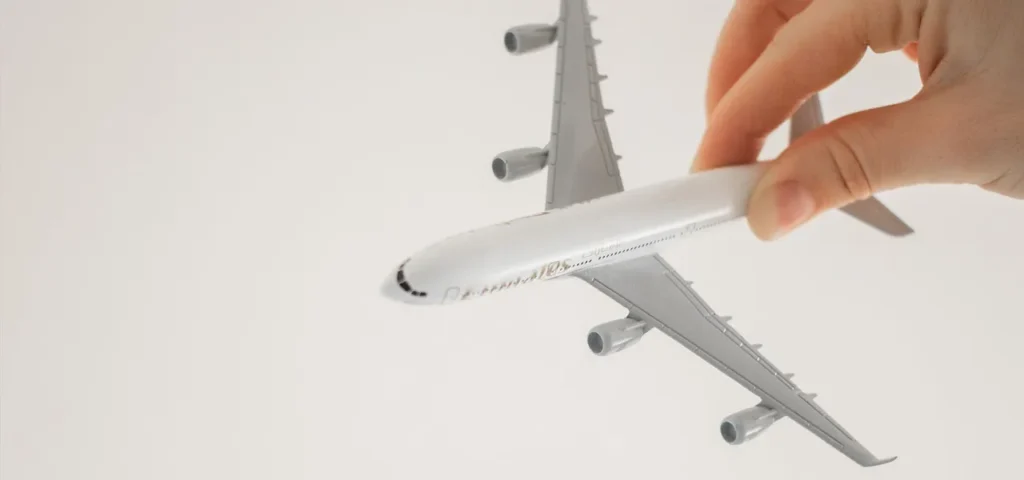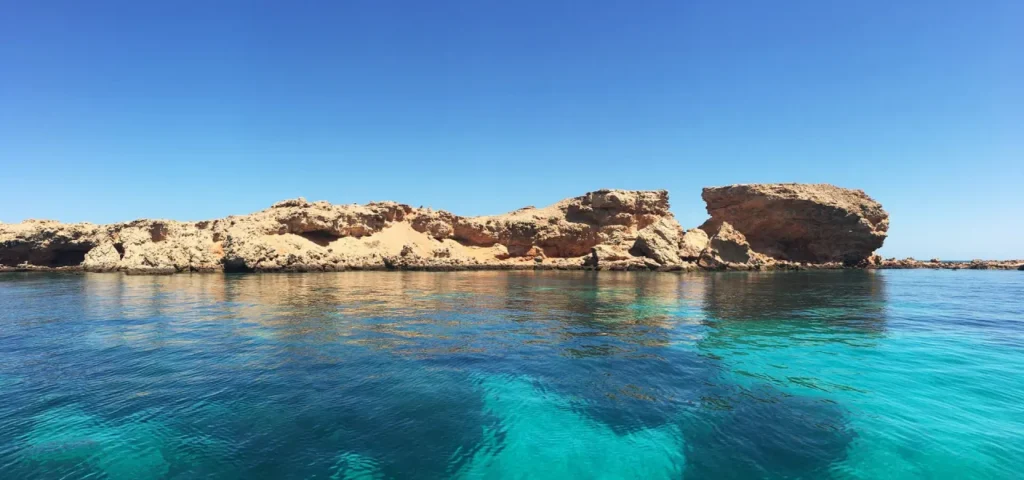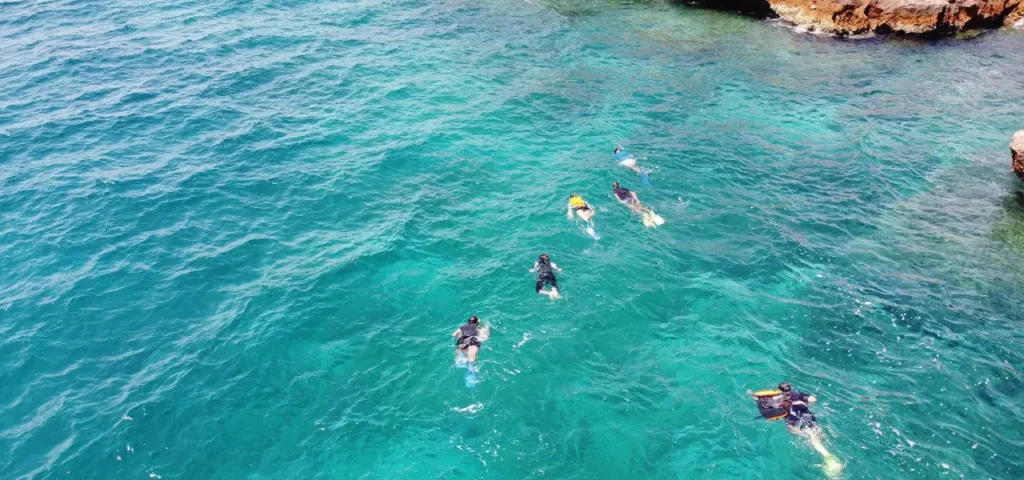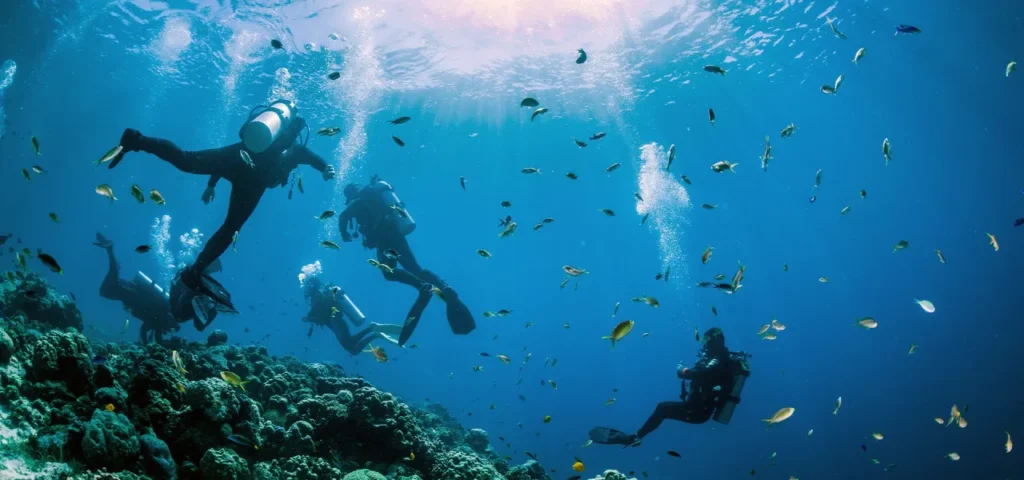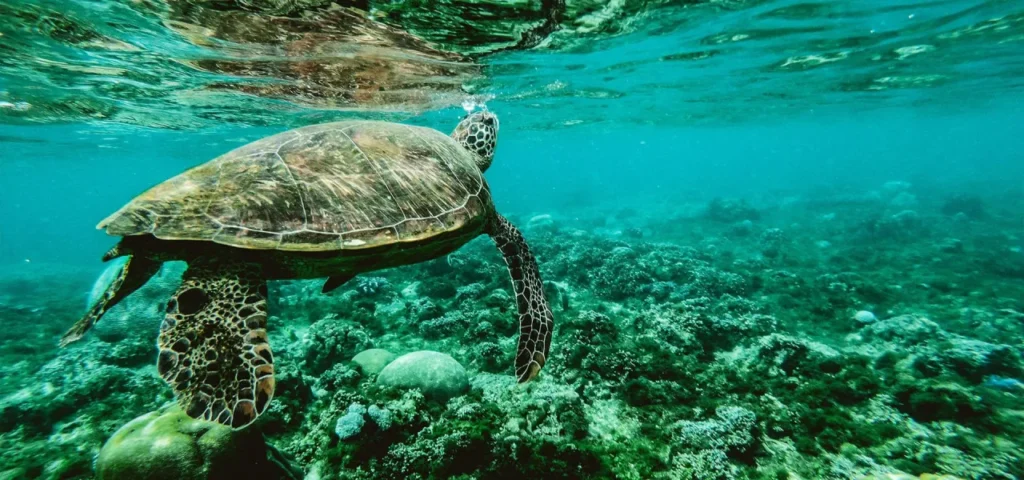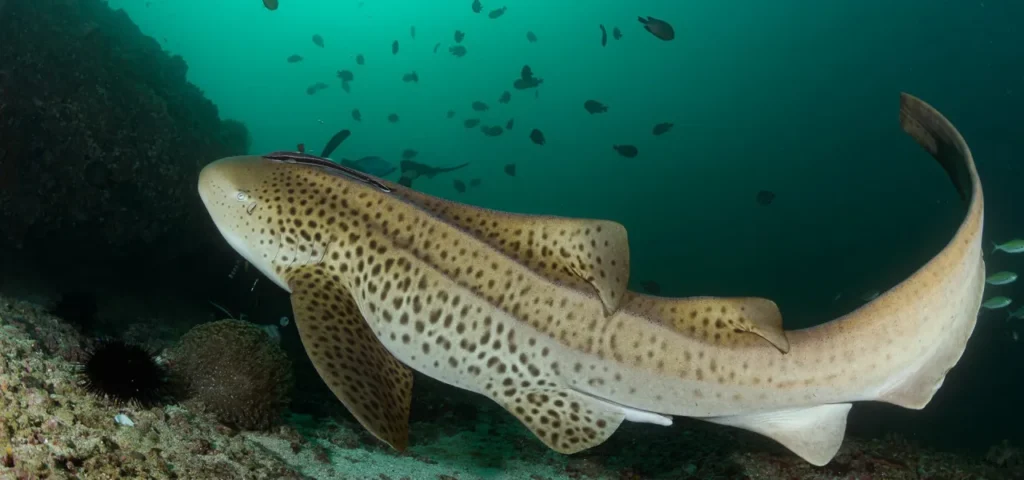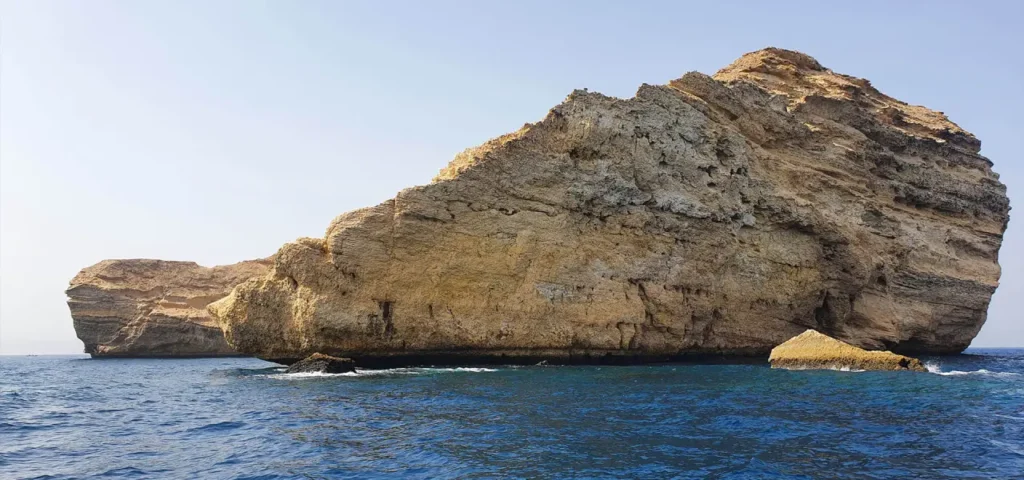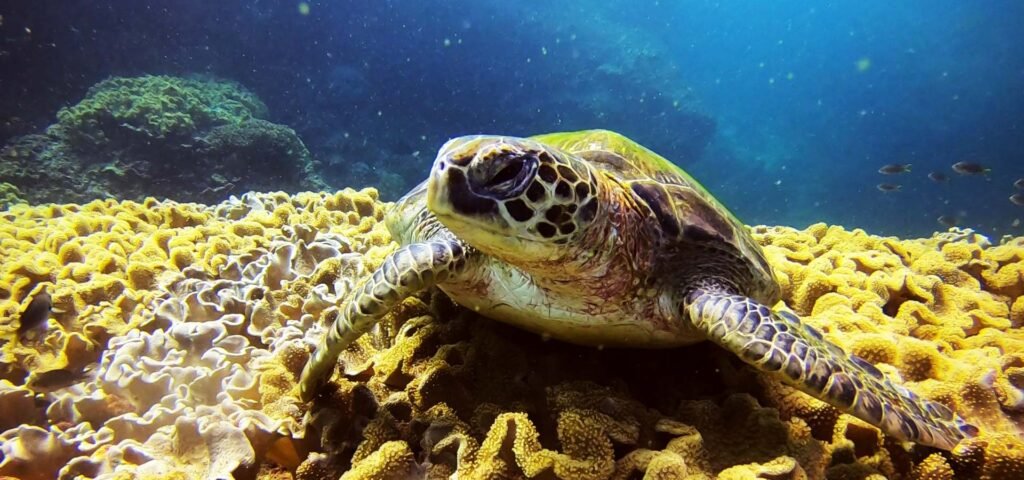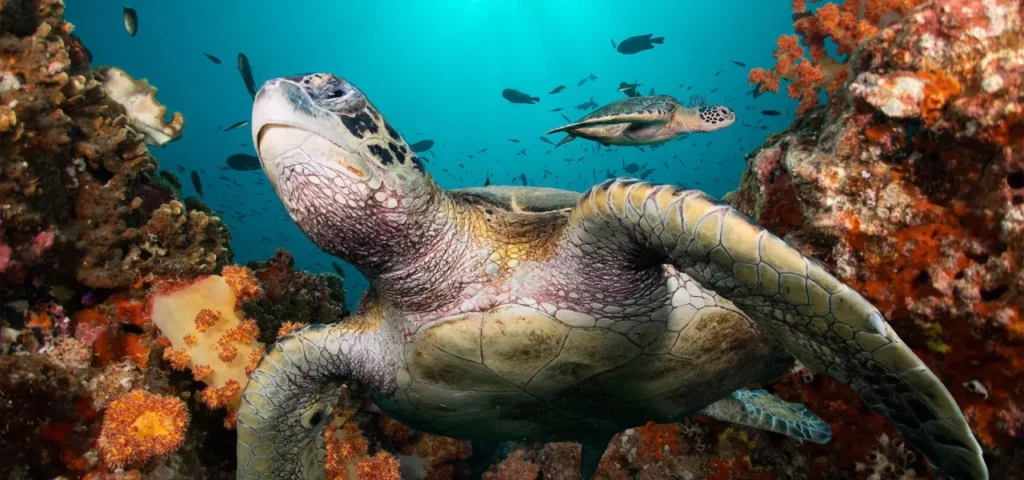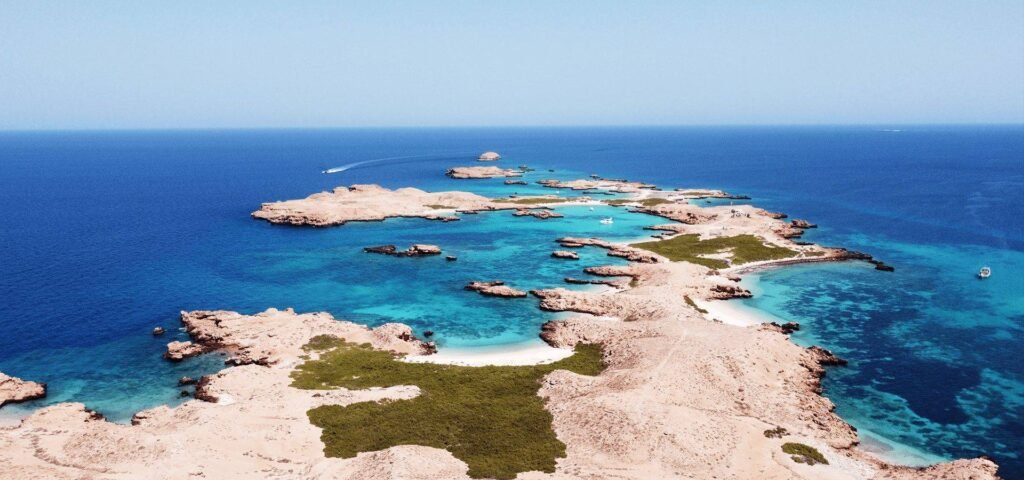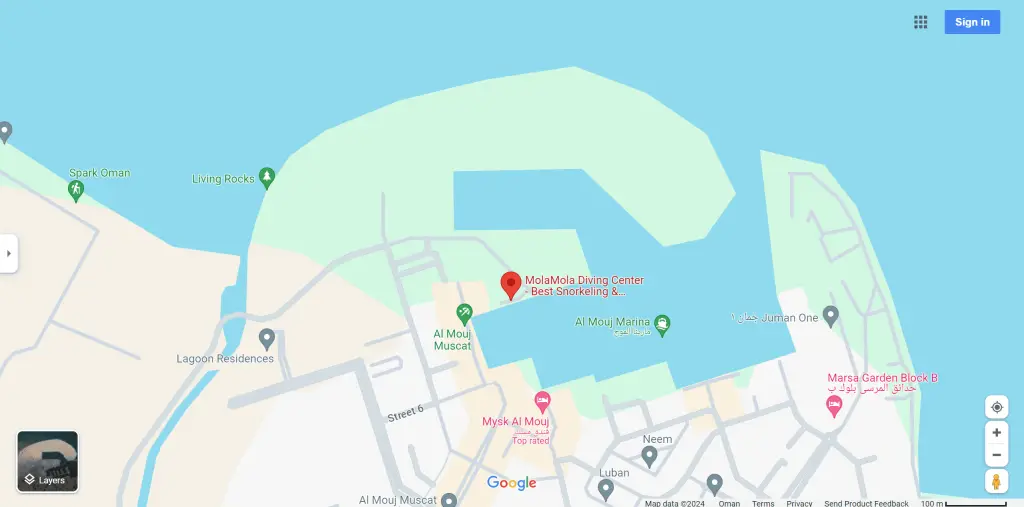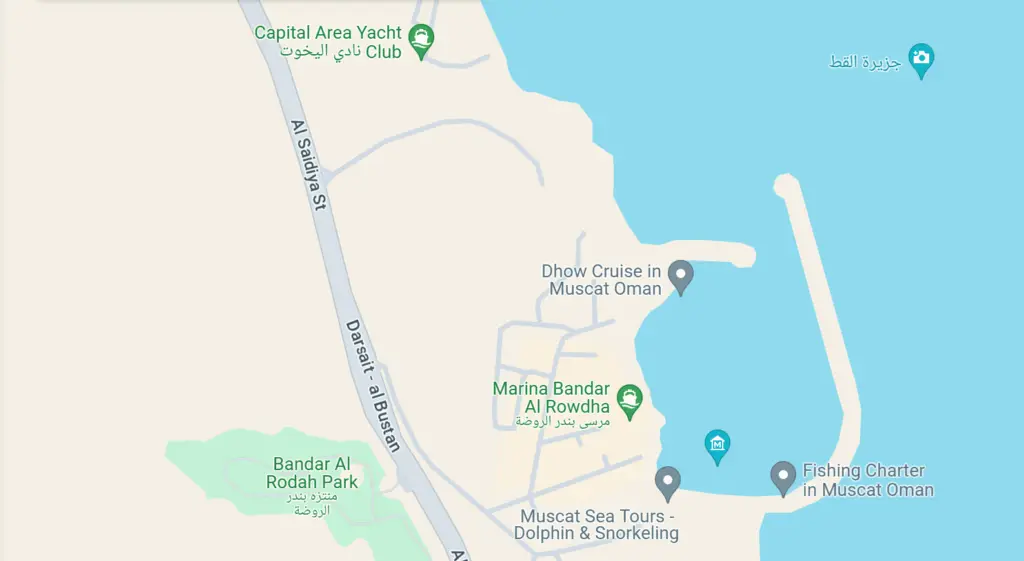Why can I not fly directly after a dive?
Why Can I not Fly Directly After a Dive? You plan to book a dive just a few hours before you fly? Well, I’m afraid that’s not going to be possible. Wondering why? Keep on reading to know why flying after diving is very dangerous and how many hours you should wait on ground before boarding. A Higher Risk of Suffering Decompression Sickness Truthfully speaking, ascending to a high altitude immediately after diving increases a person’s risk of suffering from decompression sickness. Flying after diving increases this risk because of the decreasing atmospheric pressure as you ascend. You might only have a few tiny bubbles in your body when you reach the surface after a dive, which should cause no problems at all. However, if you go flying immediately without waiting a sufficient amount of time, these small bubbles could expand (due to the reduction in pressure with altitude) and could cause the onset of DCS symptoms. So, What Are the Basics You Need to Know? A good practice is to have a “down day” prior to flight after any diving. Space any planned flights (even at lower altitudes) with a day between the last dive and the flight departure. Two days might be a better plan, especially if there was deep or repetitive diving. The best course of action for any divers that are going to be flying is to use a dive computer for all of their dives. Modern dive computers will calculate a “time-to-fly” and recommend a wait time for a diver prior to a flight. To be accurate, divers must use the same computer for all their dives, and on every dive. Time-to-fly calculations are cumulative based on diving times, depths, and number of dives. How Much Time Should You Wait before Flying? The Divers Alert Network (DAN) recommends a 12-hour minimum surface interval before flying, and the PADI “Flying After Diving” guidelines say divers should not ascend to a high altitude within 12 hours of completing a single dive or 18 hours after doing multiple dives (whenever possible, wait 24 hours). As MolaMola Diving Center we recommend not to fly for as long as possible after your dives, the longer the better. Here are some basic rules to follow: After single no-decompression dives, a minimum pre-flight surface interval of 12 hoursis suggested. After multiple no-decompression dives per dayor multiple days of diving, a minimum pre-flight surface interval of 18 hours is suggested. Just Explore Beautiful Oman during the “Waiting-Time” To err on the side of safety, many divers plan a 24-hour surface interval and spend their time exploring topside attractions. Here are a few other activities divers should explore at the end of their diving holiday as there is a lot to see in Muscat, Oman: The great Mosque – really worth seeing from the inside as well as from the outside The Opera House – for people interested in culture and architecture Mutrah Souq – let the smells of the market inspire you Note: The above info is for sports diving and should not apply to commercial diving or nitrox diving. Because of the complex nature of decompression sickness (DCS), and because decompression schedules are based on unverifiable assumptions, there can never be fixed flying after diving rules that can guarantee prevention of bends completely. Whether you wait 12 hours or 18 hours (or more), there are no guarantees that you won’t get decompression sickness (DCS) when you fly. Of course, the longer your pre-flight surface interval time, the more nitrogen you expel from your system—which minimizes the risk of decompression sickness. Previous PostNext Post

